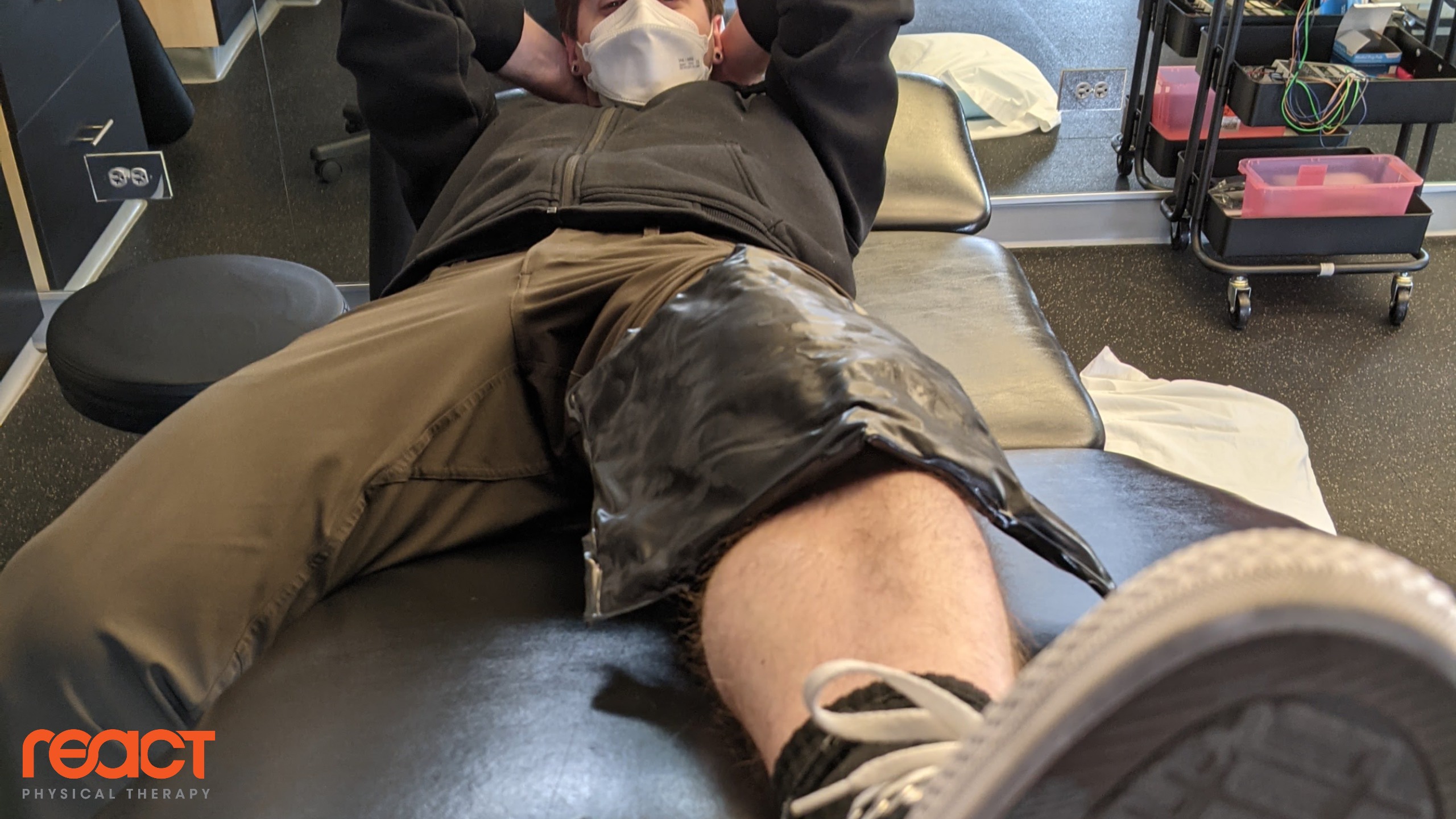Passive Therapy: A Thing of the Past?

The field of physical therapy and rehabilitation medicine has evolved in many ways over the past 20 years. Traditionally, physical therapy would involve more passive treatments including ultrasound, ice, heat, and electrical stimulation. However, the efficacy of these treatments started to be debunked in the 1990s with few studies showing any clinical benefit.
Therapeutic ultrasound is a treatment modality with the intent of providing heat to a targeted tissue and improving circulation and tissue healing. However, research has consistently shown ultrasound does not provide better outcomes or an improved recovery time.
Transcutaneous Electrical Nerve Stimulation (TENS) is another traditional treatment modality that is not supported by research. Electrical stimulation works by essentially “distracting the nerve” so it is not able to process the pain signal. Nonetheless, mounting evidence has repeatedly shown that TENS provides only short-term pain relief but does not offer any long-term improvement in pain relief or tissue healing.
Even icing has fallen out of favor in the rehabilitation setting. Over the past decade, more research is showing that icing muscle strains or sore muscles may alter the molecular environment of the injured muscle in a detrimental way and hinder the healing process.
So, what does the research support?
Good old-fashioned exercise targeting specific muscle groups or movements patterns. You may still find these passive therapies being used in some therapeutic settings, but overall, these passive modalities are a thing of the past due to the mounting evidence against using them. They may provide temporary pain relief, but the real long-term solution to recovery involves the patient’s active involvement in their treatment.
At React Physical Therapy, you are an active participant in your recovery as treatment often involves a series of active muscle releases to address your myofascial restrictions and targeted exercises to correct any faulty movement patterns.